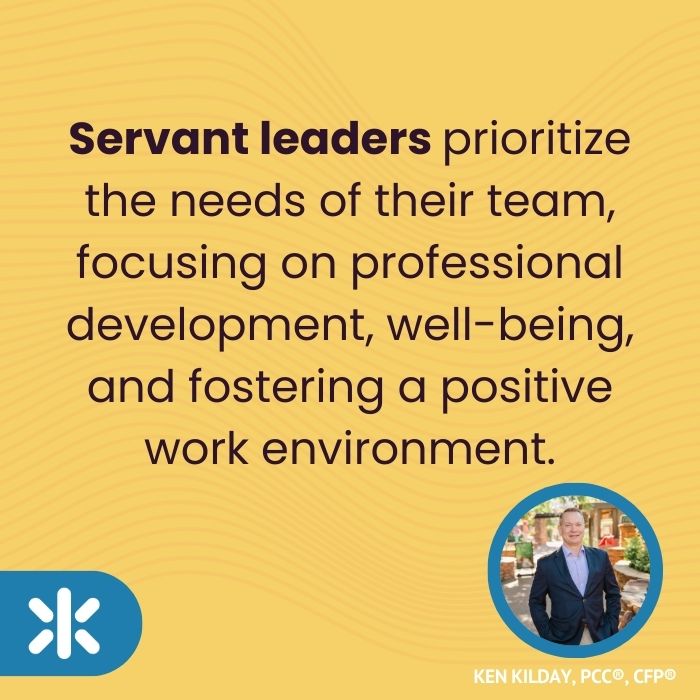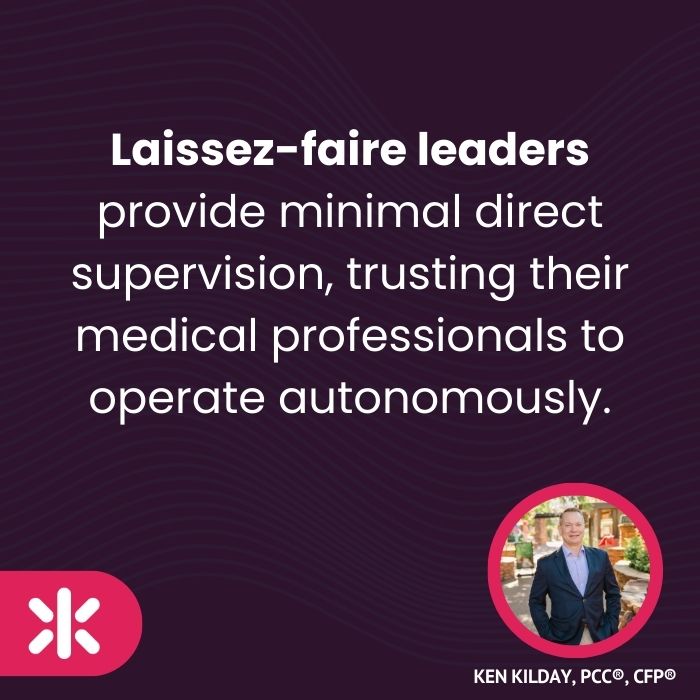Leadership in the healthcare industry isn’t just about managing people—it’s about creating a culture prioritizing patient care, operational efficiency, and team cohesion. A medical practice’s leadership style can directly influence employee satisfaction, patient outcomes, and overall business performance. While effective leadership can inspire innovation and efficiency, the wrong approach can lead to burnout, miscommunication, and operational dysfunction.
In this article, we’ll explore five common leadership styles in healthcare, their advantages, and potential drawbacks, helping medical professionals understand how leadership dynamics shape their practice.
1. Transformational Leadership
Transformational leaders inspire and motivate their teams to achieve excellence, fostering a culture of continuous improvement and innovation. This leadership style is particularly effective in medical settings, where adaptability and proactive problem-solving are essential.
Pros:
- Encourages innovation and evidence-based practice
- Improves team morale and engagement
- Drives patient-centered care through a clear, inspiring vision
Cons:
- Can be overwhelming for teams unprepared for rapid change
- Requires strong communication skills to ensure alignment with vision and goals.
Example: A hospital CEO implementing a new patient experience initiative that improves communication between doctors, nurses, and administrative staff, ultimately increasing patient satisfaction scores.

2. Democratic Leadership (Participative Leadership)
Democratic leaders collaborate and make decisions with others, ensuring they hear and consider all voices. In healthcare, where teamwork is vital, this approach can lead to more engaged employees and well-rounded patient care strategies.
Pros:
- Encourages input from diverse medical professionals
- Fosters a culture of trust and transparency
- Leads to well-informed decisions benefiting patient outcomes
Cons:
- Decision-making can be slow in urgent situations
- Can lead to frustration if consensus cannot be reached
Example: A medical practice where doctors, nurses, and administrative staff collaborate on policy changes to streamline patient intake processes.

3. Autocratic Leadership
Autocratic leaders make decisions independently, with little input from others. While this leadership style can be effective in emergency medicine, where quick decisions are critical, it can also lead to disengagement and low morale if overused.
Pros:
- Ensures quick decision-making in high-stakes scenarios
- Maintains strict protocol adherence, reducing medical errors
- Provides clarity in leadership structure
Cons:
- Can lead to staff dissatisfaction and burnout
- Stifles innovation and employee engagement
Example: An ER physician making critical patient care decisions in life-threatening situations without waiting for group consensus.

4. Servant Leadership
Servant leaders prioritize the needs of their team, focusing on professional development, well-being, and fostering a positive work environment. This can lead to better patient experiences and lower staff turnover in medical practices.
Pros:
- Builds a supportive and empathetic workplace culture
- Enhances employee engagement and retention
- Leads to high levels of patient satisfaction
Cons:
- May be perceived as too lenient in high-pressure environments
- Can delay tough decision-making when prioritizing employee needs over business demands
Example: A practice manager who ensures nurses and staff have the necessary resources, training, and mental health support to provide exceptional patient care.

5. Laissez-Faire Leadership
Laissez-faire leaders provide minimal direct supervision, trusting their medical professionals to operate autonomously. While this can empower experienced teams, it can also create inefficiencies if guidance is needed.
Pros:
- Encourages autonomy and professional development
- Ideal for highly skilled specialists who require little oversight
- Can foster innovation when team members have room to explore solutions
Cons:
- Can lead to a lack of accountability if not properly structured
- May result in inconsistent patient care standards
Example: A physician group where each doctor independently manages their own patient load without centralized leadership, leading to varied patient experiences.

Conclusion
No single leadership style fits all medical practices, and the most effective leaders adapt their approach based on their team, practice needs, and patient care goals. Understanding the strengths and weaknesses of each leadership style can help medical professionals create a work environment that fosters collaboration, innovation, and high-quality patient care.
If you’re a healthcare leader looking to refine your leadership approach, develop a more engaged team, and improve patient outcomes, Leader’s Cut offers tailored executive coaching solutions designed to help you lead with confidence. Let’s connect and craft a leadership strategy that fits your practice’s unique needs.




